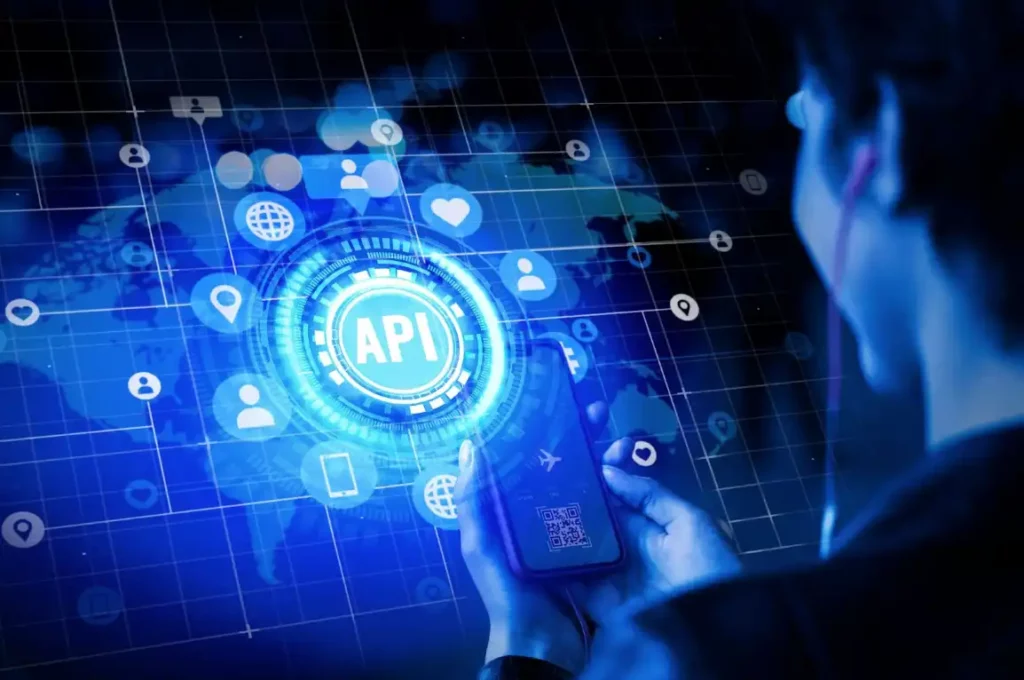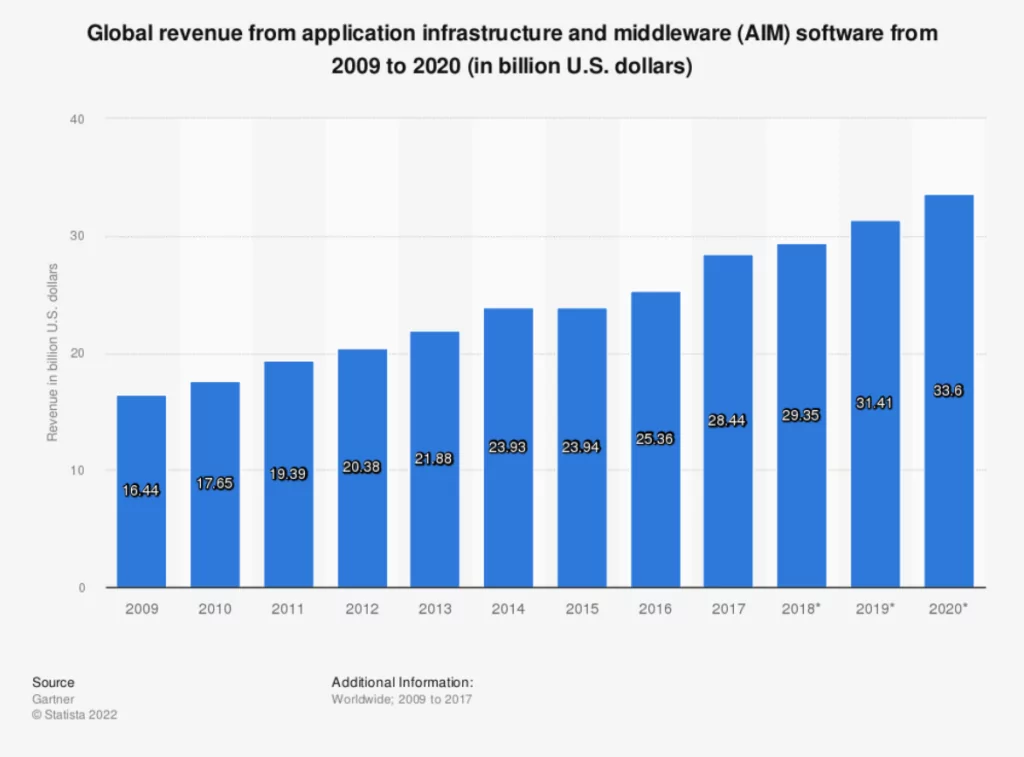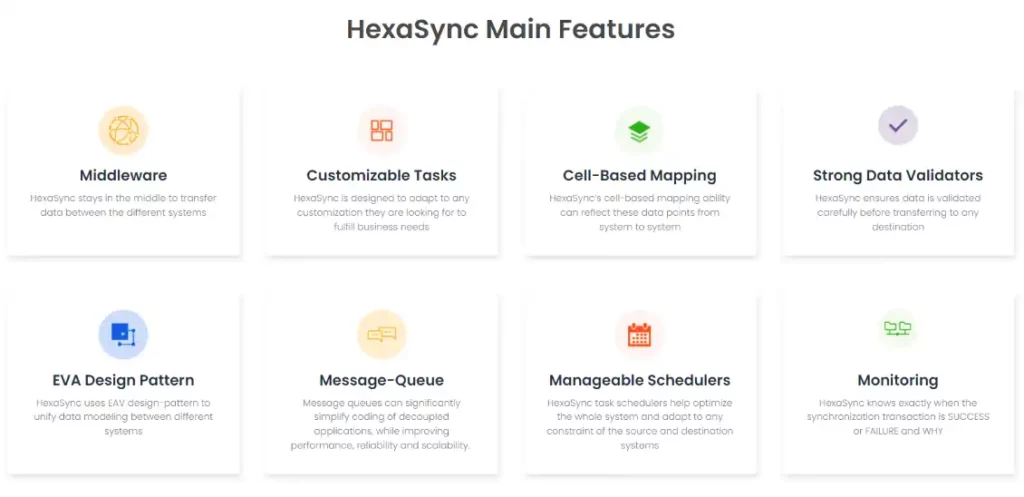
Currently, businesses are using many applications at the same time that specialize in supporting different roles and needs in the company. Therefore, it is impossible to manage and operate the business using just one application. While this helps companies accomplish many tasks, managing multiple applications and unifying data storage is difficult and time-consuming.
Consider the following example: A cosmetics company is using multiple applications such as CRM, Accounting, and POS to manage multiple job roles. However, these applications are not maintained by a vendor. While some applications transcend day-to-day operations, having to manage and unify applications and the data they store is more labor-intensive and time-consuming for a company.
So, how do we get rid of this drawback? Don't worry; integrating applications will be the ideal solution to help us optimize all activities of the company. In this article, we will provide relevant information about multi-application integration so that you can better understand it. Let's follow it.

What is Application Integration?
Application integration refers to the process by which all business apps connect and transfer data to each other. These standalone applications will sync with each other to transform and organize the data needed for business workflows.
Most businesses deploy applications at different times and from different vendors. Perhaps they used old, on-premises software before, but with the development of cloud computing, some cloud applications have been chosen for them. In other words, they are using discrete applications and managing them tirelessly.
Multi-application integration will help manage and keep applications updated and consistent with each other, reducing errors and data duplication. As a result, business processes and work will be carried out more efficiently.
Some examples of application integration are Dynamics 365 F&O Integration, SAP B1 Integration, Lightspeed Integration, Acumatica Integration, Hubspot Integration, and so on.
Application Integration Concepts
The integration will require many different components to coordinate the connection processes between two or more applications successfully. Here are three important concepts of application integration:
Application Programming Interface (API)
An Application's API is a set of programming codes that allows other third-party systems to interact with that Application. It specifies the types of requests that can be made, how they are made, and how data can be exchanged with this type of application.
Events and actions
An event that occurs in your connected applications triggers an action or series of actions regardless of the event, which can include standard functionality like creating, retrieving, or updating updated data sets. For example, if a user wants to pay for a transaction, the action will access the processing tools to complete the transaction.
Data mapping
Data mapping outlines the routing of analog data from multiple sources into a single interface to improve consistency. For example, a retailer can link POS software and CRM software to consolidate customer information. When there are customer information updates, the integrator will share the information with the rest of the system. As a result, customer data is always consistent and continuously updated across the entire software.

Benefits of Integrating Multiple Applications
It can be said that integration opens bright new doors for businesses. Although businesses have to pay a certain fee, the benefits it brings outweigh the costs, and the revenue of businesses even increases after integration. Integrating applications can solve a lot of complexity, provide businesses with countless benefits, and give them the freedom and flexibility to choose the applications for their business.
Process automation
Application integration will facilitate the seamless transfer of data between multiple systems and applications, making workflows more efficient and automated. Businesses will save a lot of time when there is no need to individually manage each application and piece of software.
Simultaneous processing
When integrated, multiple processes that do the same work with different applications will be executed simultaneously. With the ability to handle processes at the same time, companies will save a lot of labor costs and time and limit human error and inconsistent data.
Access any data anywhere and anytime
One of the great advantages of integration is that we can access data anywhere and anytime. As data becomes increasingly distributed across multiple environments, integrations allow us to access data from any system or application.
Visibility
Integrations will increase visibility, allowing organizations to view, track, and report on data across the workflow, gaining a holistic view of end-to-end business processes. Besides, application integration will make it easier for companies to provide good service and meet customer requirements.
Expand your business
Application integration can also support the expansion of a wide variety of applications as businesses continue to evolve in new ways and leverage the technology needed to get there. App connectivity allows businesses to not have to start from scratch on each new integration, quickly scale, and connect to a new source of business revenue.
Saving costs and investing
Application integration helps businesses save a lot of money. You don't have to spend a lot of money to hire people to work on each application and enter data manually. Besides, companies will not need to delete old software and buy new software, significantly reducing investment costs.
Easy exchange of information
When the company's different departmental applications are integrated, all employees can access a single source of information and data. Thus, this integration limits the duplication of information, and the structure of operations will be much better and more efficient.
How Do I Integrate Applications?
API
APIs are commonly used to integrate applications. As we wrote above, an API is a set of definitions and protocols that allow two software components to communicate with each other. The API gives the end-user control and flexibility, while the original creator maintains their application without interference. In a nutshell, APIs are the protocols that allow application integration to take place.
In the past, people used APIs to integrate software on-premises; the integration only happened internally. Today, with the growth of cloud applications, integration happens both internally and externally. You can check out our What is an API? article to understand this type of interface.
Middleware
Using middleware is one of the most popular ways today because integrating applications using third-party software is more complete and unified than integration that relies on tedious programming. According to Statista research, revenue from middleware and application infrastructure doubled from $16.44 billion (2009) to $33.6 billion (2020). Looking at this statistic, we also see the tremendous growth and popularity of middleware.

Integration via middleware eliminates the need for data entry into each application, facilitating the sharing of business data between mission-critical applications and platforms. You can integrate middleware or on-premises software, depending on the type of software your company is using.
The HexaSync integration platform is the ideal middleware to help your business automate business operations seamlessly. Our middleware connects legacy or modern discrete systems to provide a unified solution for our customers, saving you a lot of time and money.
HexaSync allows users to access all of their data in one place and establish rules for how it is organized and accessed, so data-related risks are eliminated. In particular, Beehexa will support you throughout the integration process. In addition to application integration, the HexaSync platform can integrate with many other systems and software, such as eCommerce, CRM, ERP, etc.


Final Words
Briefly, application integration will assist businesses in coordinating various functions across their entire infrastructure, making it easier than ever to operate and manage business processes. Hopefully, this article provides you with the basics of application integration and how to integrate multiple applications.

